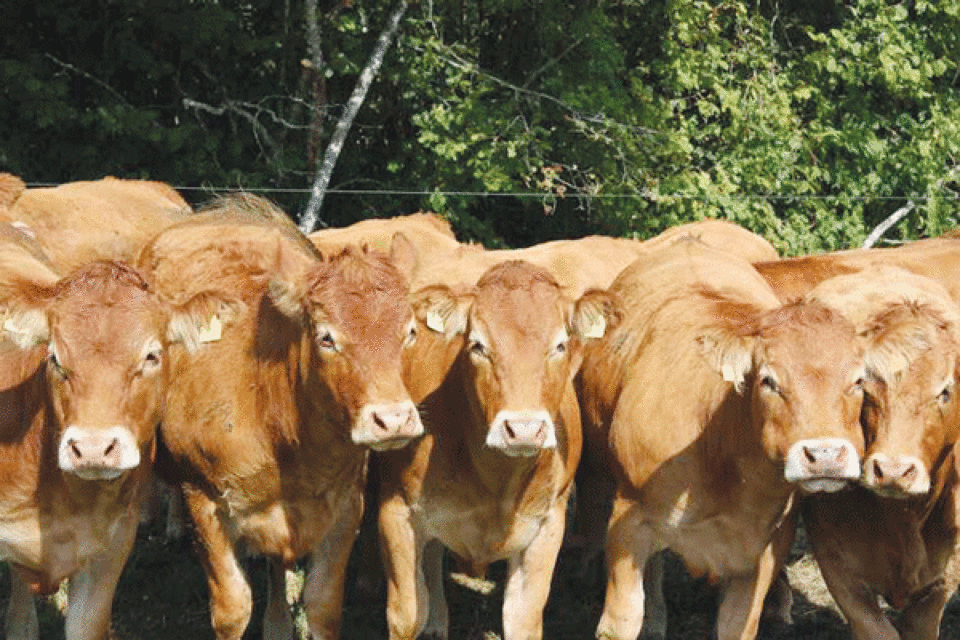The rapid expansion of the country’s population leads to an increase in food demand, resulting in intense pressure on the agro-ecosystems.
The increase in demand for food will be met under challenges brought about by climate change which has impacted agricultural production. Small-scale livestock rearing is becoming a popular adaptation strategy among farmers and households.
Small-scale communal and urban livestock rearing is playing an essential role in sustaining lives. Livestock is central to food security, nutrition, organic fertilizer (manure) production, non-mechanical ploughing and income generation.
Small-scale livestock production is gaining prominence and has established a positive footprint.
It is becoming the mainstay of the local economy. It consist of poultry, piggery, goat, sheep, rabbit rearing, fish and bee keeping, among others. These are being traded on various markets.
As more people are faced with food insecurity due to an underperforming agricultural sector and the adverse impacts of climate change, small-scale livestock has become a source of livelihood to counter climate shocks.
Increasing livestock rearing has seen farmers increasing their incomes and cashflows, from their sales.
Some animals are slaughtered at household level while others are sold.
As such, adaptation to climate change is not only crucial for food security but also for the country’s economic development.
Small-scale livestock farmers are reducing economic and social impacts of climate change through making livestock rearing a recovery strategy.
But why are communities opting for small-scale livestock?
Livestock production is an extremely important agricultural segment in Zimbabwe which is easier to manage even under the negative impacts of climate change. Small-scale livestock consume less water.
Climate change is reducing rain-fed crop farming in arid regions where livestock production is most viable. Small-scale livestock rearing can help communities alliviate food shortages.
Communal farmers are replacing crops with livestock production in order to sustain lives.
The government, through the Lands, Agriculture, Water, Fisheries and Rural Resettlement ministry, is encouraging farmers in dry areas to invest in livestock because animals can withstand harsh weather conditions induced by climate change.
Poultry consists of broilers, road runners, boschvelds, austrolorp, sasso, ducks, pigeons, guinea fowls and quails, among others. The rearing time for poultry is short and the expenses involved are minimal.
While birds can survive on commercial feeds, they can also feed on locally produced grain such as sorghum, millet, berries, rapoko and crushed corn. Due to the unsustainable cost of medicines, farmers can use traditional medicines.
Farmers are venturing into goat farming for food security and mitigating the effects of climate change.
Goats can survive under extreme weather conditions and can easily multiply.
Goat meat is popular because it is cheap.
Due to their small size, goats consume less feed and water as compared to cattle.
Goats can also multiply even during a drought.
Pig rearing is gaining ground in small-scale farming. Pigs have a short turnaround period and are prolific. A sow (female pig) normally gives birth twice-a-year with one batch consisting of at least 10 piglets. If a small-scale farmer has three sows, they will realise nearly 50 piglets per year.
Rabbit rearing is also becoming prominent among small-scale farmers.
Rabbits multiply quickly and can give birth to between 12 and 30 offspring per year.
Small-scale livestock has higher chances of survival under climate change conditions such as drought, compared to bigger livestock. Small livestock rearing is a good fall-back during crop failure.
When harvests are low, people can sell goats and buy grain. Goats are preferred because they provide meat, milk and manure for the gardens. Communities were used to milking cows but these days people are milking goats.


